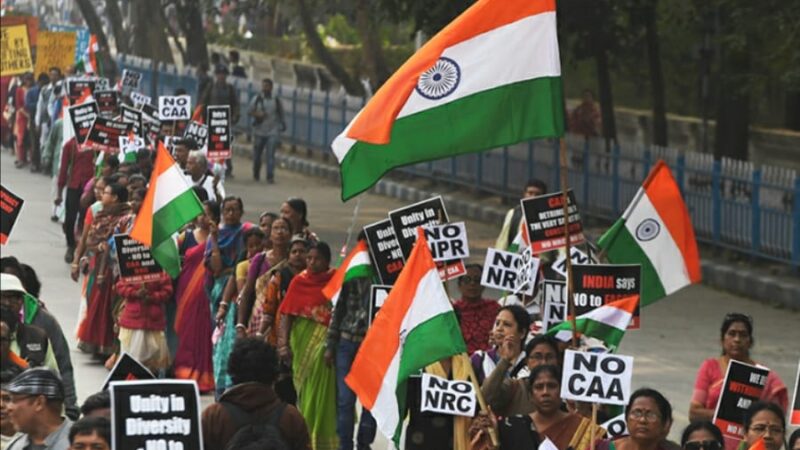WOMEN AUTONOMY: A NEED TO INTROSPECT

Autonomy characterizes the ability for a women to accomplish prosperity and participate in decision making. India’s accomplishments in gender equality value are very blended. From one viewpoint, impressive exertion has been made to utilize legislative enactment and social engineering process to bring women into the standard of society.Women’s own endeavors to enhance their lives have for the most part got official consolation, but some of the time not as effectively as could be wished. Accordingly, they have come far in India from the position they were in ahead of schedule in this century. Yet the pace of progress has frequently been horrendously moderate, particularly with respect to health, well-being and education. This has significantly influenced the capacity to enhance the living conditions of women and to actualize the laws for guaranteeing their independence. A year back, amidst the Gujarat government’s unlawful snooping on a young lady “for her security”, the Bharatiya Janata Party representative Lalitha Kumaramangalam controversially stated that most Indian women are not prepared for autonomy. Later, after she was appointed as the Chairperson of the National Commission for Women, she kept on protecting her statement. According to her (as per a TV interview), society is extremely gender biased and that such bias has become so deep-rooted that any woman who is really autonomous is considered a risk, not just to men but to other women also. Additionally, she stated that, autonomy brings with it certain risks and responsibilities. Her thoughts regarding women’s autonomy raises a few undeniable reflections. If society’s gender bias and predisposition is a prevention to a women’s independence, why should the onus of “preparing” and “control” be on ladies? Must men not be prepared too about the obligations that accompany the autonomy that is so promptly given to them in the public arena? Perhaps such introspection would lead us to decide the state of women autonomy, and it’s dimensions in present context. Some dimensions which are mostly debated includes outside mobility, access to economic resources and involvement in household decisions and their association with fertility and contraceptive. Without going into the merits of the dimensions of women autonomy, lets take a dig at the factors affecting the same. In predominantly patriarchal society like India, tight controls are applied on ladies in each circle of their lives: their freedom of movement and their voice in family undertakings, their financial autonomy, and their relations with their spouses. With regard cultural, religion and regional context, scope of women’s autonomy is determined on different lines. for example, in Tamil Nadu, Hindu women experience more independence than Muslim with regard to decision making and freedom of movement. In Uttar Pradesh, by differentiation, women from either communities are just as compelled as far as decision making and versatility is concerned, however, Muslim women are fundamentally more liberated from danger and experience more noteworthy access to and control over assets of families than Hindu women. Convincingly, women are to a great extent rejected from family decision making; they have restricted access to, and activity restricted control over assets; their flexibility of development is extremely obliged; and that only a few are insusceptible to this. The situation, accordingly must be essentially addressed by both policy maker and the administrator thereof. ————– About the Author: This article is contributed by Siddharth Badkul, our intern.






